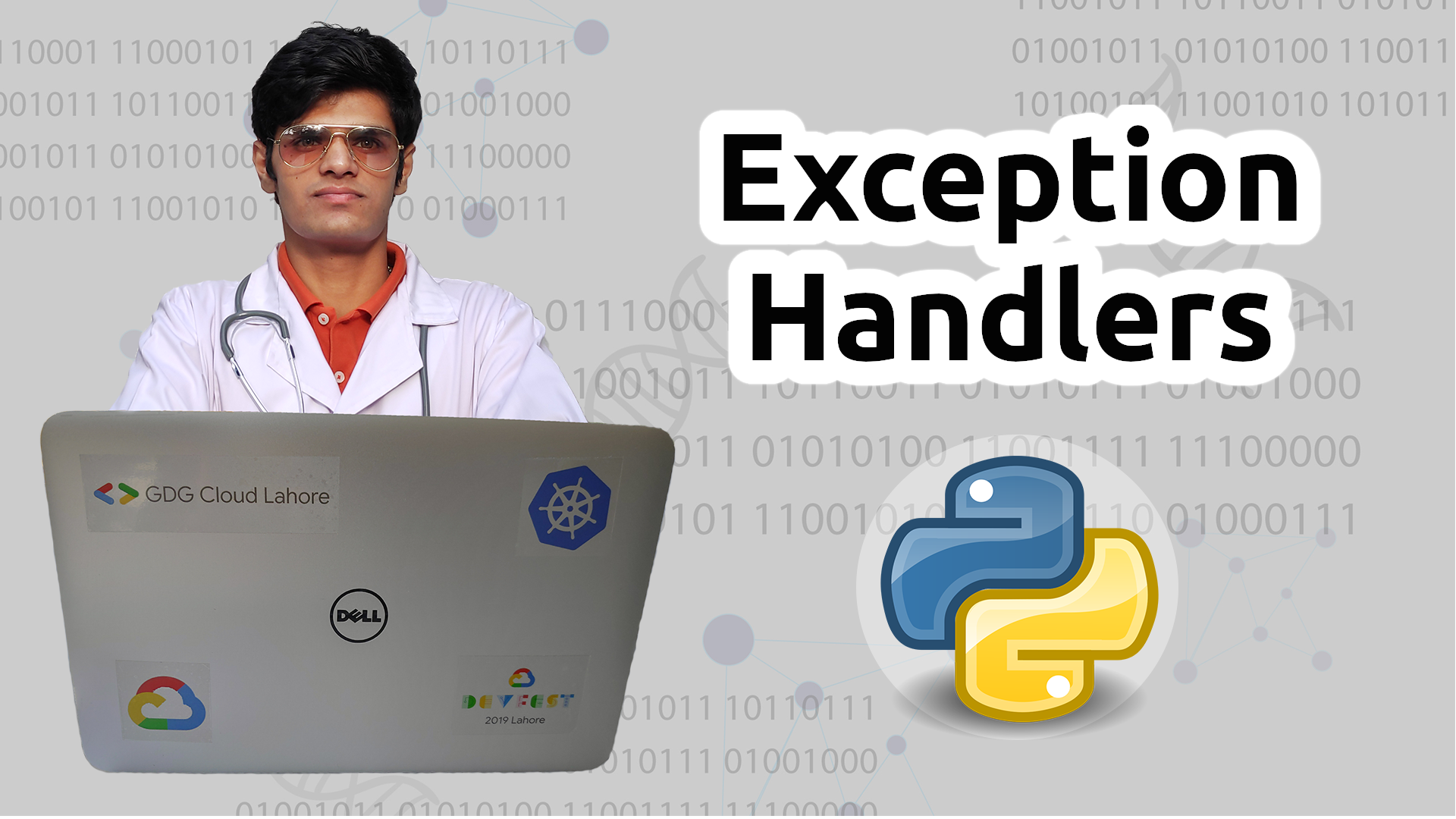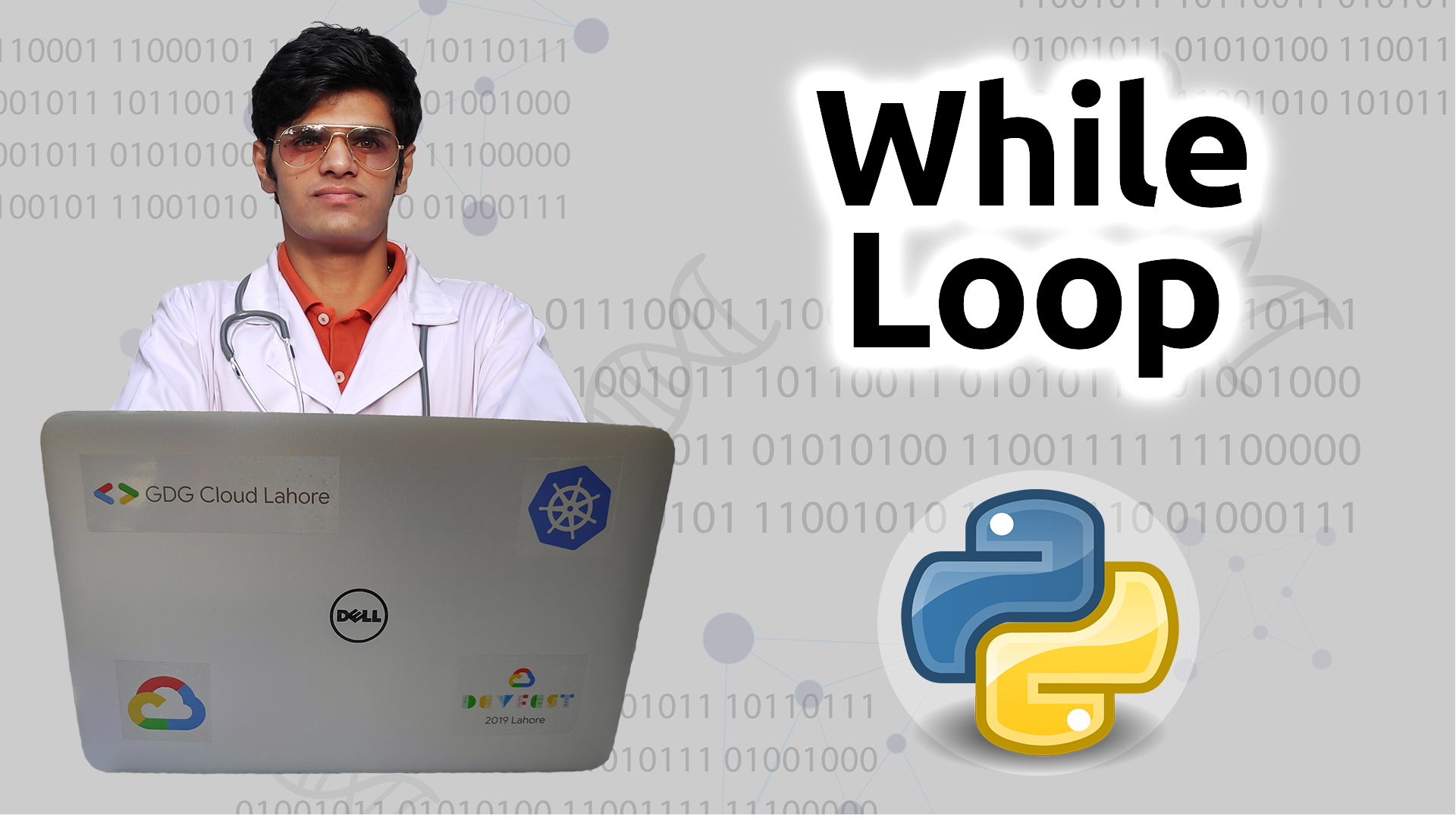9 min to read
A Biologist's Guide to Unix File System Navigation
Streamlining Your Computational Biology Workflow Through Efficient Unix File System Navigation.
Think of the file system as your computer’s organizer. It manages files (holds information) and directories (folders that hold files or more folders).
Let’s start exploring your computer using the command line.
Check Your Computer Name
Type whoami and press enter. Your computer’s name should appear. Here’s how it works:
- The shell looks for a program called whoami.
- It runs the program.
- The program’s output (your computer name) is displayed.
- A new prompt appears, indicating readiness for more commands.
For example:
$:whoami
ali
Print Working Directory
To find out where we are, use the pwd command, which stands for print working directory. The current working directory is our default location for running commands, unless we specify otherwise.
$:pwd
/Users/ali
Welcome to your home directory! To understand the concept, let’s explore the overall organization of the file system, using our scientist Nelle’s computer as an example. Later, you’ll learn commands to navigate your own filesystem, structured similarly but not precisely identical.
The home directory path varies across operating systems. On a Mac, it might resemble /Users/username, while on Windows, it could be more like /c/Users/username. In our examples, we default to Mac output. |
Listing stuff in the current directory
To explore the contents of our filesystem from the command line, we use the ls command, short for “listing.” This command prints the names of files and directories in the current directory, arranging them alphabetically into neat columns.
$ ls
$:ls
1by2.cif Desktop Library Pipfile
2ja4.cif Documents Movies Public
Applications Downloads Music mambaforge
Calibre Library Google Drive Pictures micromamba
Enhance your file insights by employing flags or arguments. Let’s delve into ls -t and ls -tlh. The -t flag organizes items based on their last edit time. Combining flags allows us to perform multiple actions simultaneously, such as sorting by time (-t), displaying all details (-l), and presenting file sizes in a human-readable format (-h).
ls -l
total 480
-rw-r--r-- 1 ali staff 120030 Jan 2 21:51 1by2.cif
-rw-r--r-- 1 ali staff 114816 Jan 2 21:56 2ja4.cif
drwx------@ 7 ali staff 224 Oct 16 13:50 Applications
drwx------@ 5 ali staff 160 Oct 27 02:19 Desktop
drwx------@ 15 ali staff 480 Jan 22 23:16 Documents
drwx------@ 30 ali staff 960 Jan 28 17:56 Downloads
lrwx------ 1 ali staff 79 Jan 23 18:34 Google Drive
drwx------@ 104 ali staff 3328 Dec 24 12:15 Library
drwx------ 12 ali staff 384 Jan 26 01:22 Movies
drwx------+ 5 ali staff 160 Dec 9 2022 Music
drwx------+ 11 ali staff 352 Sep 25 20:06 Pictures
-rw-r--r-- 1 ali staff 138 May 21 2023 Pipfile
drwxr-xr-x+ 4 ali staff 128 Dec 6 2022 Public
drwxr-xr-x 18 ali staff 576 Nov 15 11:15 mambaforge
drwxr-xr-x 5 ali staff 160 Jan 4 23:42 micromamba
drwxr-xr-x@ 18 ali staff 576 Jan 5 00:10 miniforge3
drwxr-xr-x 3 ali staff 96 Dec 27 2022 opt
drwxr-xr-x 4 ali staff 128 Dec 15 2022 src
ls -tlh
drwx------@ 30 ali staff 960B Jan 28 17:56 Downloads
drwx------ 12 ali staff 384B Jan 26 01:22 Movies
lrwx------ 1 ali staff 79B Jan 23 18:34 Google Drive
drwx------@ 15 ali staff 480B Jan 22 23:16 Documents
drwxr-xr-x@ 18 ali staff 576B Jan 5 00:10 miniforge3
drwxr-xr-x 5 ali staff 160B Jan 4 23:42 micromamba
-rw-r--r-- 1 ali staff 112K Jan 2 21:56 2ja4.cif
-rw-r--r-- 1 ali staff 117K Jan 2 21:51 1by2.cif
drwx------@ 104 ali staff 3.3K Dec 24 12:15 Library
drwxr-xr-x 18 ali staff 576B Nov 15 11:15 mambaforge
drwx------@ 5 ali staff 160B Oct 27 02:19 Desktop
drwx------@ 7 ali staff 224B Oct 16 13:50 Applications
drwx------+ 11 ali staff 352B Sep 25 20:06 Pictures
-rw-r--r-- 1 ali staff 138B May 21 2023 Pipfile
drwxr-xr-x 3 ali staff 96B Dec 27 2022 opt
drwxr-xr-x 4 ali staff 128B Dec 15 2022 src
drwx------+ 5 ali staff 160B Dec 9 2022 Music
drwxr-xr-x+ 4 ali staff 128B Dec 6 2022 Public
We can also list contents of other directories by providing the path to that directory.
$ ls -tlh Movies
drwxrwxrwx 22 ali staff 704B Jan 26 01:22 CacheClip
drwxr-xr-x 7 ali staff 224B Jan 26 01:21 Academic Guy
drwxr-xr-x 4 ali staff 128B Jan 25 21:00 Renders
drwxr-xr-x 5 ali staff 160B Dec 21 11:30 TV
drwxr-xr-x 3 ali staff 96B Oct 17 16:31 BioinformaticGuy
drwxr-xr-x 3 ali staff 96B Apr 14 2023 Handbreaked
$ ls -tlh tutorieal_folder/beb_data
-rw-r--r-- 1 ali staff 77K Oct 28 04:17 copy-chicken_03_R2.fastq
-rw-r--r-- 1 ali staff 77K Oct 28 04:17 copy-chicken_03_R1.fastq
-rw-r--r-- 1 ali staff 52K Oct 28 04:17 copy-chicken_02_R2.fastq
-rw-r--r-- 1 ali staff 52K Oct 28 04:17 copy-chicken_02_R1.fastq
-rw-r--r-- 1 ali staff 26K Oct 28 04:17 copy-chicken_01_R2.fastq
-rw-r--r--@ 1 ali staff 26K Oct 28 04:17 copy-chicken_01_R1.fastq
-rw-r--r-- 1 ali staff 386B Oct 28 04:00 sorted_lengths.txt
-rw-r--r-- 1 ali staff 386B Oct 28 03:59 lengths.txt
-rw-rw-r--@ 1 ali staff 26K Apr 1 2023 SRR534005_01_R1.fastq
-rw-rw-r-- 1 ali staff 26K Apr 1 2023 SRR534005_01_R2.fastq
-rw-rw-r-- 1 ali staff 52K Apr 1 2023 SRR534005_02_R1.fastq
-rw-rw-r-- 1 ali staff 52K Apr 1 2023 SRR534005_02_R2.fastq
-rw-rw-r-- 1 ali staff 77K Apr 1 2023 SRR534005_03_R1.fastq
-rw-rw-r-- 1 ali staff 77K Apr 1 2023 SRR534005_03_R2.fastq
-rw-rw-r-- 1 ali staff 1.5M Apr 1 2023 human_01_R1.fastq
-rw-rw-r-- 1 ali staff 1.4M Apr 1 2023 human_02_R1.fastq
-rw-rw-r-- 1 ali staff 77K Apr 1 2023 yeast_01_R1.fastq
-rw-rw-r-- 1 ali staff 77K Apr 1 2023 yeast_01_R2.fastq
-rw-rw-r-- 1 ali staff 152K Apr 1 2023 yeast_02_R1.fastq
-rw-rw-r-- 1 ali staff 152K Apr 1 2023 yeast_02_R2.fastq
-rw-rw-r--@ 1 ali staff 26K Apr 1 2023 chicken.fastq
Change Directory
Apart from inspecting files within directories, we have the capability to shift our current location to another directory, thereby moving away from our home directory. The command used for this operation is cd. To execute the cd command, an argument specifying the directory name is required.
To access the recently downloaded and saved directory named “DataForUnixCourse,” a sequence of two commands can be employed to navigate into it.
$ cd Desktop
$ cd tutorieal_folder
$ cd beb_data
ali@host beb_data %
$
These commands transitioned us from our home directory to the Desktop and then into the tutorieal_folder directory.
However, as the cd command doesn’t produce any output, our prompt remains empty or displays $. To determine our current
location, we can utilize the informative pwd command.
$ pwd
/Desktop/tutorieal_folder/beb_data
And now we can type ls to see the contents
$ ls
SRR534005_01_R1.fastq SRR534005_03_R2.fastq
SRR534005_01_R2.fastq chicken.fastq
SRR534005_02_R1.fastq copy-chicken_01_R1.fastq
SRR534005_02_R2.fastq copy-chicken_01_R2.fastq
SRR534005_03_R1.fastq copy-chicken_02_R1.fastq
copy-chicken_02_R2.fastq lengths.txt
copy-chicken_03_R1.fastq sorted_lengths.tx
copy-chicken_03_R2.fastq yeast_01_R1.fastq
human_01_R1.fastq yeast_01_R2.fastq
human_02_R1.fastq yeast_02_R1.fastq
yeast_02_R2.fastq
Relative Paths vs. Absolute Paths
The computer’s directories form a hierarchy, and you can specify them using either a relative path or an absolute path. A relative path is based on your current directory, while an absolute path is not influenced by the current directory.
Upon executing the recent pwdcommand, the output displayed something akin to the following:
/Users/ali/Desktop/tutorieal_folder/beb_data
This is the full path to the beb_data directory on Ali’s computer.
At the pinnacle of the hierarchy is a directory denoted as /, commonly known as the root directory.
Ali’s home directory is precisely located at the full path /Users/ali.
Within the home directory, the Desktop serves as a subdirectory, and our project folder is nested within the Desktop.
Directory navigation can be accomplished using either full or relative paths.
Relative Path Examples
. The single period means this directory. This is a relative path to use when you want to copy files from somewhere else to your current directory
.. The double period means one directory up in the hierarchy. This is useful when you want to move up one directory by typing cd ... You can use this in a combination, for example: cd ../.. will go up two directories or cd ../Pictures/ will move up to the Desktop and then into Pictures.
Examples of Relative Paths
-
.: The single period signifies the current directory. It is a relative path useful for copying files from elsewhere to your current directory. -
..: The double period denotes moving one directory up in the hierarchy. This is beneficial when you wish to ascend one directory level using thecd ..command.
It can be used in combinations such as cd ../.. to go up two directories or cd ../Pictures/
to ascend to the Desktop and then navigate into the Pictures directory.
Home Shortcuts
Navigating to the home directory can be done by typing the full path /Users/username, but this involves a considerable amount of typing.
An alternative is to use the ~ symbol, which can replace /c/Users/username in full path descriptions.
However, for Unix users who find even the ~ too cumbersome, simply using the cd command followed by the return or
enter key accomplishes the same, swiftly taking you back to the home directory.
Therefore, any of these three commands will reliably guide you home, regardless of your current location in the file system:
$ cd /c/Users/username
$ cd ~
$ cd
Three “navigating the file system” challenges
1. In two steps, navigate to your “Downloads” directory then to your “Pictures” Directory
2. Navigate to your “data” directory. Next navigate to your “Desktop” using relative commands.
3. What command will get you from anywhere in your file system to your home directory with the fewest key strokes?
Here is a summary of some of the commands we just practiced.
Tab Completion Shortcut
We’ve recently covered some shorthand notations that help us save time when typing. Another highly useful shortcut is known as tab completion.
When entering a directory or file name, simply type the first few characters and then press the tab button. Your computer will automatically append the subsequent unique characters.





Comments